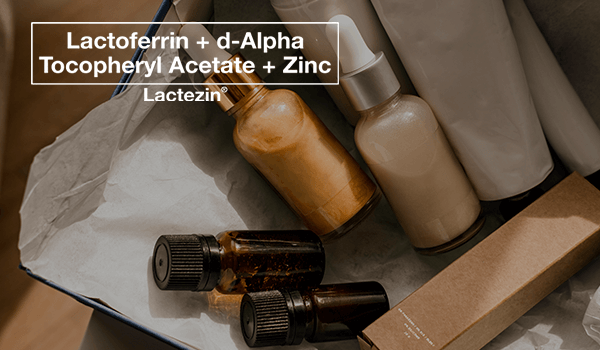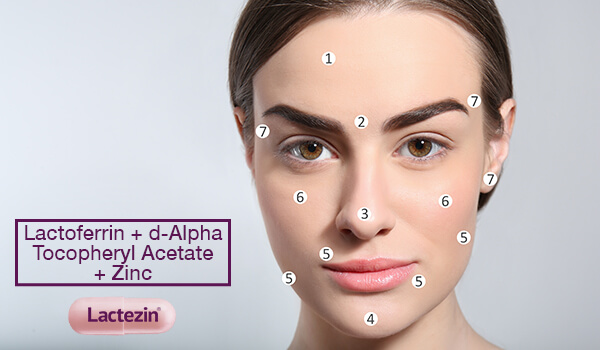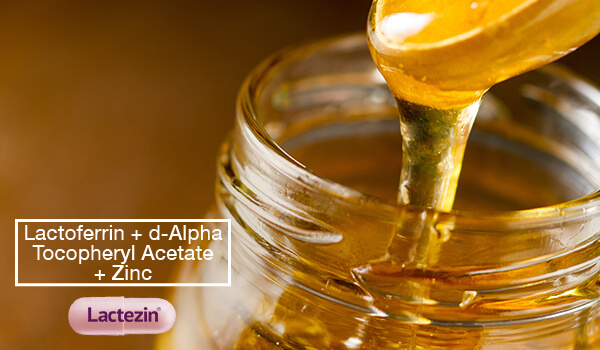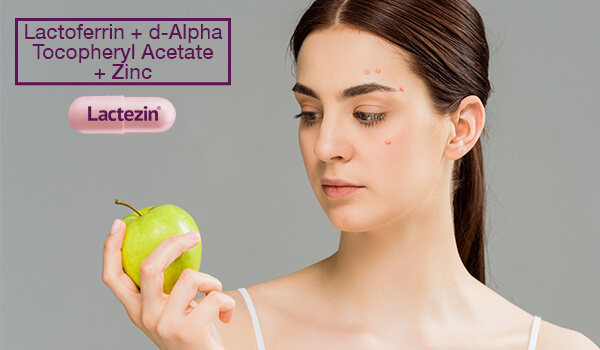9 Skincare Combinations That May Cause Breakouts

These days, it’s easy to get sucked into the intricate yet glamorous 10-step skincare routines. Medicine cabinets filled with dozens of products that promise soft, smooth, and blemish-free skin? We couldn’t blame you.
But while you are layers deep into your products, keep in mind that certain combinations won’t always give you the best results you are looking for. Sometimes, it can even do more harm than good by possibly causing breakouts, dryness, rashes, and other awful skin reactions.
Below, we rounded up some ingredient combinations you must avoid, so you can be aware and plan your routine accordingly.
Niacinamide + Vitamin C
Niacinamide and Vitamin C are both powerful ingredients that can treat blemish-prone and scarred skin. Combining them, however, is a different story. Niacinamide eliminates the good properties of Vitamin C which eventually causes redness that can trigger acne breakouts.
Vitamin C + Retinol
Vitamin A or Retinol and Vitamin C are both effective anti-aging ingredients; they can reduce fine lines, even out uneven skin tone, and increase the skin’s firmness. However, combining these two potent ingredients can exacerbate or irritate already sensitive skin. This reaction would inevitably delay your skin goals by making it look older.
Instead of using them together, these treatment-based regimens should be used individually. Vitamin C gives the skin extra antioxidant protection, plus it isn’t reactive to sunlight, so it is recommended to be used during the daytime. Meanwhile, retinol can make the skin photosensitive, so it is ideal for nighttime use as it can work overtime while you sleep.
Oil-based + Water-based Skincare
What did we collectively learn during grade school science class? It’s that oil doesn’t mix with water. It’s the same thing when it comes to skincare— oil wards off water-based formulas from penetrating the skin.
An oil-based product leaves a film on your skin, so applying a water-based product immediately on top will significantly reduce its absorption. However, you can get away with using a water-based cleanser with an oil-based moisturizer.
Vitamin C + AHAs/BHAs
Vitamin C aka L-ascorbic is still technically an acid, despite it being called and labeled as a vitamin. So combining two acidic ingredients together will lead to skin irritations like peeling and dryness. This duo also leads to redness and inflammation as the Vitamin C’s pH level is being altered.
It’s important to remember that acids like AHAs/BHAs are meant to be used during the night time since they can make the skin more susceptible to sunburns. Meanwhile, as previously mentioned, using Vitamin C in the morning can give good benefits to the skin.
Retinol + AHAs/BHAs
Retinol, while intensely beneficial to the skin, also has a couple of cons. Using too much of it can cause dryness. So when paired with an already acidic skincare, it can make your skin’s dry and flaky texture worse plus reduce the effectiveness of the ingredients. If you want to incorporate retinol into your daily beauty routine, alternate it on the days you use AHAs or BHAs.
Benzoyl Peroxide + Hydroquinone
Hydroquinone is a skin-lightening agent, so when mixed with benzoyl peroxide which is used to treat acne by killing the bacteria under the skin, it causes a skin-irritating result. And that’s not all! Mixing these two potent ingredients together can stain the skin. But not to worry, the aftermath can be washed away with soap and water.
Benzoyl Peroxide + Retinol
Similar to retinol and AHAs and BHAs, layering benzoyl peroxide with retinol can reduce each other’s potency. Instead, use benzoyl peroxide in the morning or during opposite nights that you use retinol.
Salicylic Acid + Glycolic Acid
This is a case of less is more. While both ingredients are undoubtedly effective in removing dead skin cells from the stratum corneum or the outer layer of the skin, mixing them will trigger a major reaction and strip your skin.
Sunscreen + Anything
Seasoned dermatologists recommend not mixing any beauty product with sunscreen. This chemical cocktail can cause skin irritations like a rash. It can also minimize the effects of active key ingredients in your sunscreen. Thankfully, this dilemma can be solved by using a moisturizer that already has an SPF.
Want a combination that helps fight acne?
Lactoferrin + d-Alpha Tocopheryl Acetate + Zinc helps lessen breakouts!
Lactoferrin has natural anti-inflammatory and antibacterial properties. Aside from helping in reducing inflammation and sebum production, it can also enhance the body’s natural defenses in fighting bacteria. In addition, it can also help repair damaged skin cells, important for skin that has been persistently plagued by acne.
Oral supplements like Lactoferrin + d-Alpha Tocopheryl Acetate + Zinc (Lactezin) have oil-regulating properties that can help fight pimple-causing bacteria, lessen pimples and improve skin appearance with regular intake.
Lactoferrin + d-Alpha Tocopheryl Acetate + Zinc is the generic name of Lactezin. If symptoms persist, consult your doctor.
If you want to know more about breakouts, click here.
SOURCES:
https://globalnews.ca/news/3332850/these-are-the-skincare-ingredients-you-should-never-mix/
https://theeverygirl.com/the-skincare-combinations-to-avoid/


